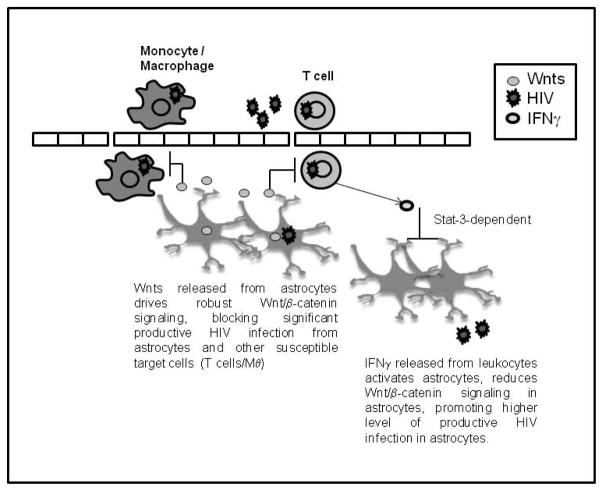Figure 6. Crosstalk between astrocytes and infiltrating PBMCs is mediated by Wnt ligands.
Robust endogenous Wnt/β-catenin signaling, largely driven by Wnts released from astrocytes in an autocrine manner, blocks HIV replication in astrocytes. Under inflammatory conditions, leukocytes infiltrate the brain and release IFNγ, which activates astrocytes, down regulates β-catenin signaling in astrocytes, and consequently removes the block to HIV replication. Astrocytes then release a higher level of virions which in turn infect other susceptible targets in the CNS. Astrocytes also release a low-level of virions, even in presence of Wnt/β-catenin signaling, that can transmit virus to susceptible cells. The proposed consequence of reduced Wnt/β-catenin signaling in astrocytes under such inflammatory conditions is a compromise in the astrocyte/neuronal communication network, contributing to pathology associated with HAND.

